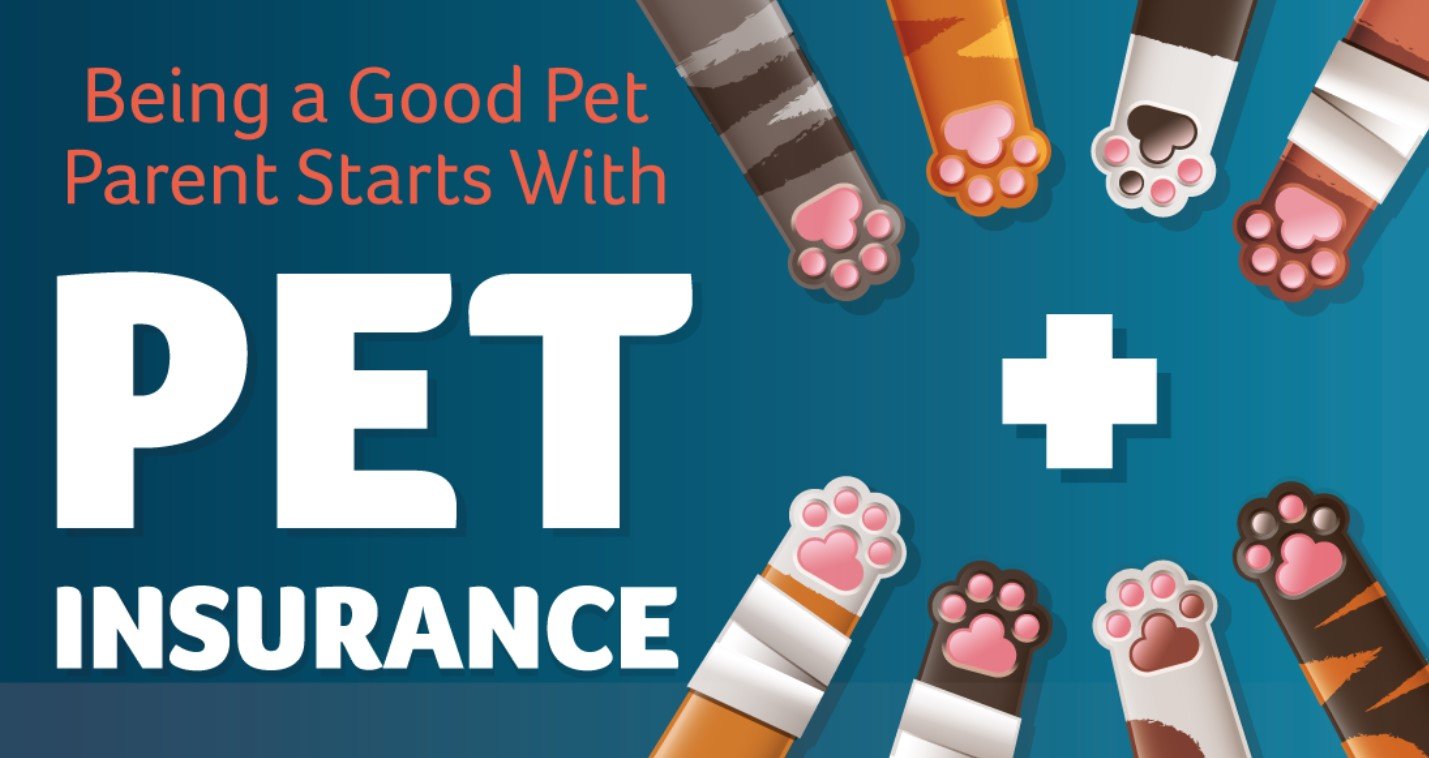When quarantine made it harder for Americans to see their human friends, many compensated by adopting furry ones instead. In 2020, national pet ownership rates rose to 70%, an all time high. Over half of the newly adopted pets went to first time pet owners.
Q3 2021 hedge fund letters, conferences and more
Keeping Vet Bills Low With Pet Insurance
This is wonderful news for the animals, but owners need to be aware of what an undertaking caring for an animal can be. The first year of pet ownership can be expensive. For dogs in particular, a lot of one time expenses like spaying/neutering, training, and initial vaccinations come in the first year. Depending on the dog’s size, these things can cost owners between $1,314 and $1,843. Luckily costs do decline for the second year onward, down to the $580-$875 range.
As a whole, Americans are spending more on their pets than ever before. Pet spending totaled $103.6 billion in 2020. The two largest categories were food and treats, accounting for $42 billion, and veterinary care, which makes up $31 billion. The main distinction between these two numbers is that pet food tends to be a regular cost while vet bills can be high, sudden expenses in the case of an accident or illness. Unexpected vet bills due to these reasons are the most common driver of high pet costs.
How can a pet owner, especially a new owner, make sure this doesn’t happen to them? Regular checkups are a great place to start. 80% of pet owners take their pet to the vet at least once a year. While there, they are able to do preventative care for their animal, such as receiving flea and tick prevention. Consistent dental care is another good way to make sure your pet stays healthy. Brush their teeth at home or get dental cleanings at the vet’s office. Finally, make sure your house is free of hazardous materials for pets. Some foods and houseplants are toxic for pets to ingest.
Another useful tool for keeping vet bills low is pet insurance. While pet insurance is its own expense, it can save owners thousands in the long run. 3.1 million pets are covered by health insurance, and plans range from routine care to accident and illness protection. Premiums also vary depending on the type of coverage opted for and pet in your possession. For example, cats tend to cost 40% less than dogs.
Infographic source: Insurance Blog By Chris







